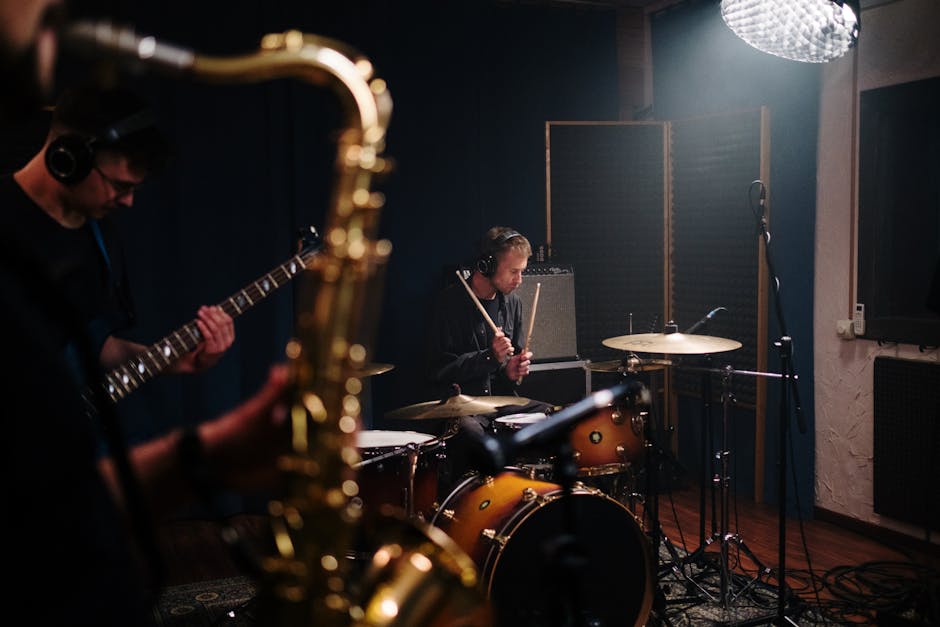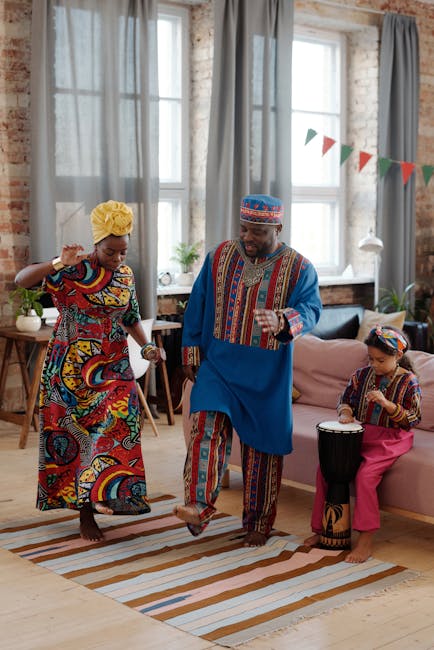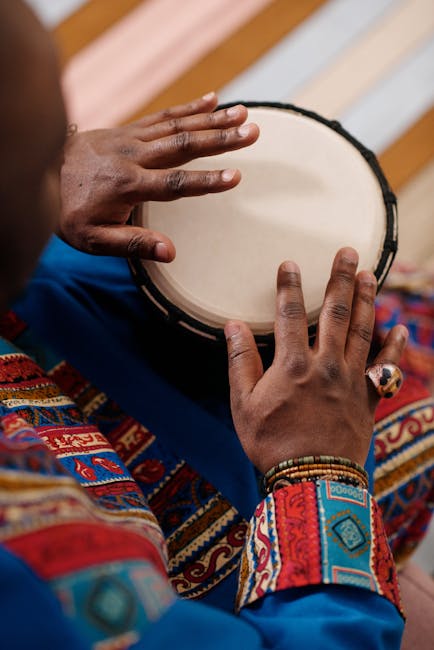https://www.youtube.com/embed/Riwur5yRmLE
When I think of Ankara, I think of one word, "happiness." ONYII BROWN: It's-- it's beautiful. It's beautiful. It's just a gorgeous fabric. Everybody wears it. My name is Yetunde Olukoya, and I'm the founder and designer at Ray Darten. My name is Onyii Brown. I'm owner of Onyii & Co. My name is Alex Chapman. I'm a fashion design professor and fashion archive curator here at Houston Community College Central. YETUNDE OLUKOYA: Ray Darten is an African-inspired line, and we design for men, women, and kids. Onyii & Co. is a brand that really embodies the Metropolitan woman. I'm definitely African-inspired. It birthed from my culture.
I'm actually was born in Nigeria. I started in 2016 just by sewing in my sitting room. And now, we employ over a hundred of people in Nigeria. We have a store in California. ONYII BROWN: I never thought that I could actually grow a business with African print. It was a dream of mine to create beautiful clothing with things that I could really relate to and represented me and represented a whole bunch of women. ALEX CHAPMAN: Ankara is ubiquitous. It's found throughout Africa. So but mainly in Central and West Africa. Ankara fabric is also known as African wax fabric as well as Dutch hollandaise. And it originated in Holland. And what makes it really popular is because of the bold and fabulous prints. This product was created between 1830 and 1850. While the merchants were going around the continent of Africa and through the Indian Ocean, they went and stopped by the ports Prevalent in Ghana and Nigeria and Cameroon. And they were there selling these fabrics.
For this particular new product, it was exciting. So and just remember, this was an alternative source for batik fabric and a more inexpensive source. But when the merchants figured out that this was a viable market for them to sell as well as trade, now, they start customizing the color waves as well as the print for Ankara. The reason why Ankara is so popular is because it is used in a lot of traditional ceremonies. But another thing is it's a non-verbal way to communicate in Africa, especially for the women. I mean, it can-- it can show your marital status, your socioeconomic background, your religion, your tribe. So by wearing a particular color waves or a particular print, it kind of tells somebody without even speaking who you're all about.
I came to this country when I was three years old. And many times, when I'd travel back to Nigeria, I always wanted to have, you know, Western influence in my prints. It'd be a lot of traditional wear. ALEX CHAPMAN: I think the reason why Onyii is very successful is she incorporates many different types of African fabrics in her designs, primarily Ankara, Kitenge and Shweshwe. She does it in a way that it's very melodic. And a lot of it is very Western-inspired. It's colorful. It's rich. She really does a lot of research. And not only in the fabric but as well as the techniques that are applied to the fabrics. ONYII BROWN: This will last for many, many years. The way it falls is so comfortable for the wearer, but they still look so amazing.
ALEX CHAPMAN: By looking at Ray Darten's website, first of all, I love her entire collection. She really, really uses the Ankara very wisely. The shapes and the cuts are very modern. And I love the idea that they are versatile. They can unzip and morph into something new. So you have double the outfit for the price of one. So for me, if you're looking at investing in a very special piece, then Ray Darten is your designer. It's not just about the clothes anymore, not about the clothes on the rack. It's, actually, deeper than that. I love to meet my customers. I want to know, how does this make you feel? Does it make you feel powerful, confident, beautiful? We're crying. I don't know how we get to that point. ALEX CHAPMAN: I don't look at Ankara as being a trend. I look at Ankara as being somewhat now the classic. Some designers use it as design details and some use it as the entire look.
But it's a source of self-expression. You know, there's a lot of meaning behind not just the color waves but the design pattern as well. So I think there's a lot of things in that design pattern that hits close to home for a lot of people who wear it..
https://howtoplaythedjembedrums.com/african-prints-the-story-behind-the-style-secretly-awesome/




